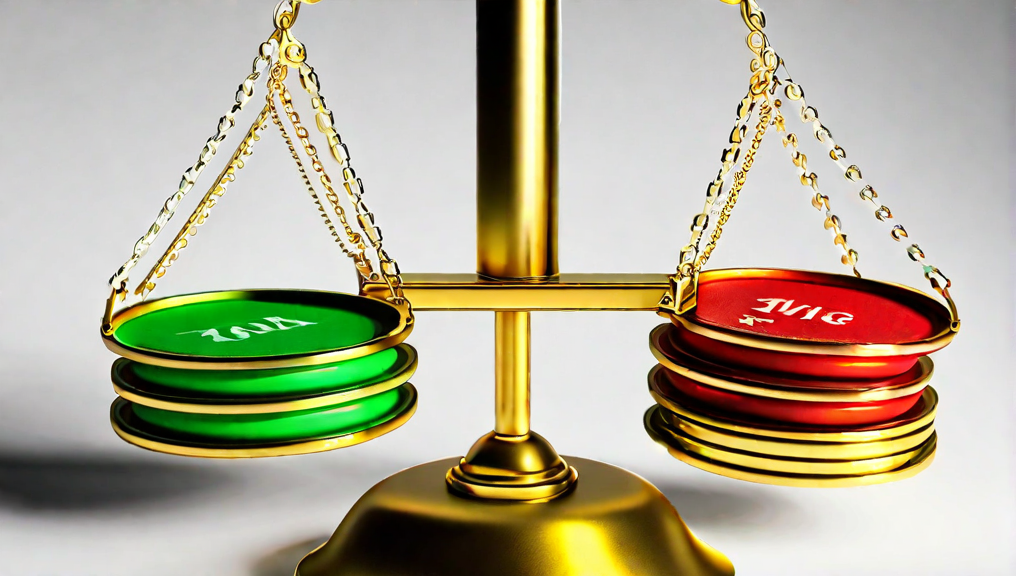Liquidity Analysis: Current Ratio
The current ratio gauges a company's ability to cover short-term debts, with a higher ratio signaling financial health.

Current Ratio: Assessing Short-Term Liquidity
Introduction:
When we want to understand how well a company is doing financially, we look at something called financial statements. These statements help us see if a company can pay its bills and debts on time. One important thing we look at is called the current ratio. The current ratio tells us if a company has enough money and things that can be turned into money quickly to pay its short-term debts. In this section, we will learn more about the current ratio, what it means, and how it affects a company's money situation.
Understanding the Current Ratio:
The current ratio helps us figure out if a company has enough money and things that can be turned into money quickly to pay its bills. We calculate the current ratio by dividing all the money and things a company can easily turn into money (called current assets) by all the money it owes to other people right now (called current liabilities).
Current Ratio = Total Current Assets / Total Current Liabilities
Interpretation of the Current Ratio:
The current ratio is a number that tells us how many times a company's current assets can cover its current liabilities. If the current ratio is high, it means the company has a lot of money and things it can quickly turn into money to pay its bills. But if the current ratio is low, it means the company might have trouble paying its bills on time. It's like having a lot of money in your piggy bank compared to how much you owe your friends.
Implications of a Low Current Ratio:
When a company has a low current ratio, it means it might have trouble paying its bills on time. This can happen if the company doesn't have enough money or if it's not managing its money very well. When this happens, the company might find it hard to pay the people it owes money to, pay its workers, or pay back debts that are due soon. But having a low current ratio doesn't mean the company is completely broke. It just means we need to look more closely at how the company is making and spending money.
Example:
Let's pretend we have a company called Company ABC:
Company ABC has:
- Current Assets: $500,000
- Current Liabilities: $300,000
To find the current ratio, we divide the total current assets by the total current liabilities:
Current Ratio = $500,000 / $300,000 = 1.67
In this example, Company ABC has a current ratio of 1.67. This means the company has more than enough money and things that can be quickly turned into money to pay its bills. It's like having $1.67 in your piggy bank for every dollar you owe your friends.
Conclusion:
The current ratio helps us see if a company can pay its bills on time. A high current ratio means the company is doing well and has enough money to pay its bills. But a low current ratio means the company might have trouble paying its bills. We need to look at other things like how the company makes money and if it has enough money for future plans. By understanding the current ratio, we can make smart decisions and help companies manage their money better.
This article takes inspiration from a lesson found in FIN 689 at Pace University.